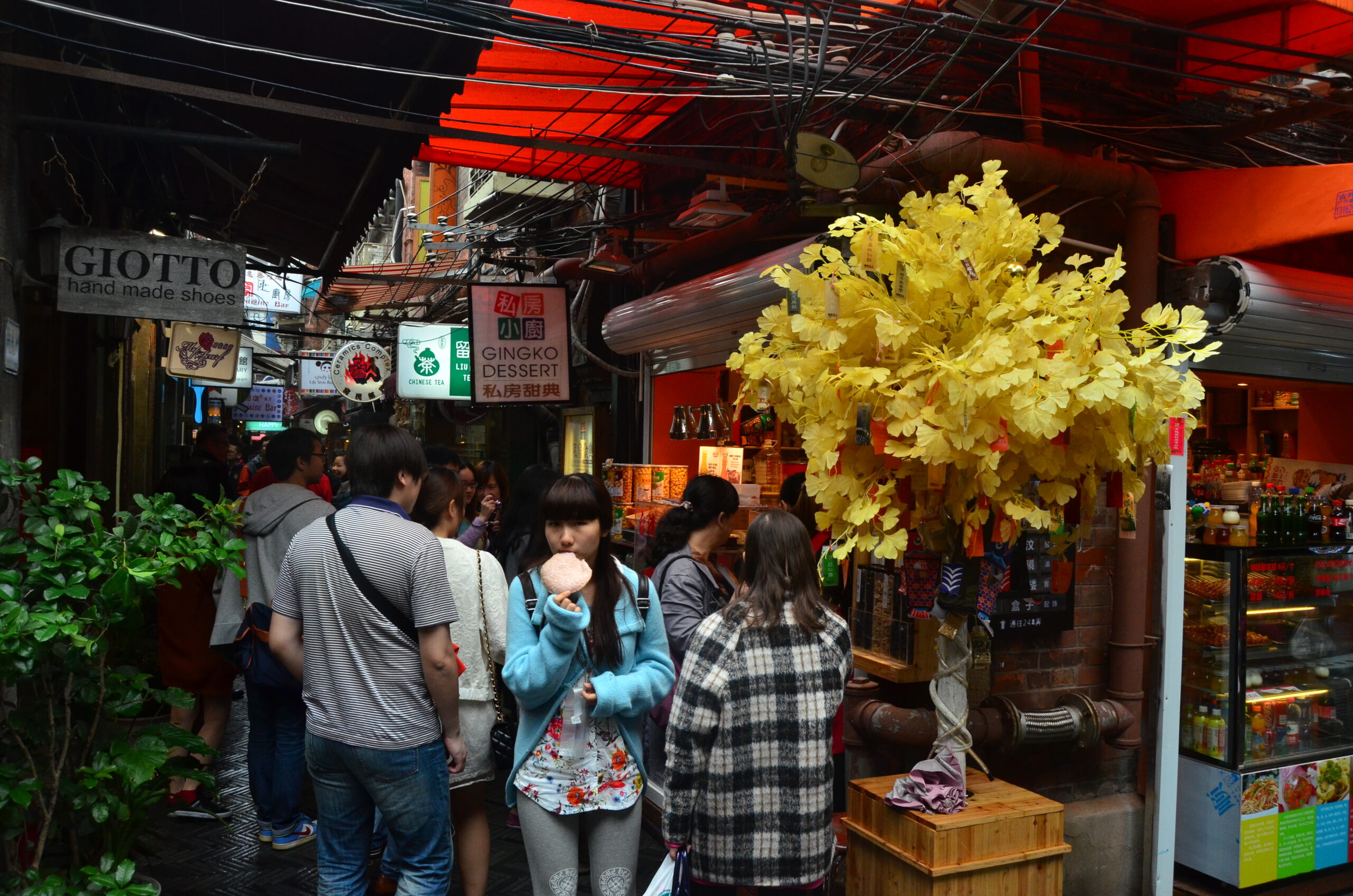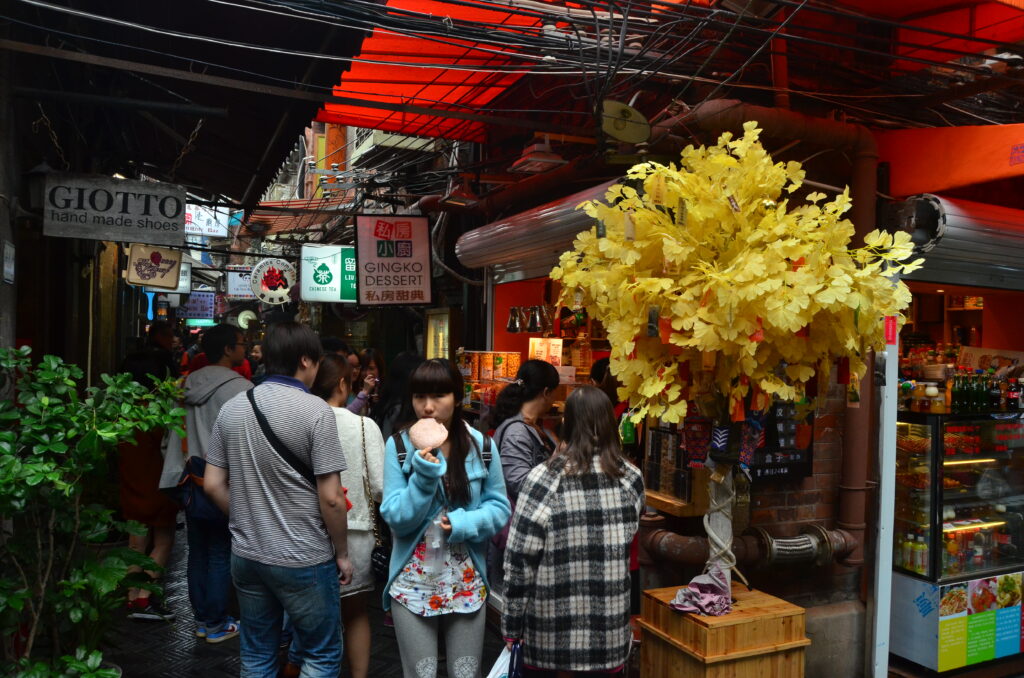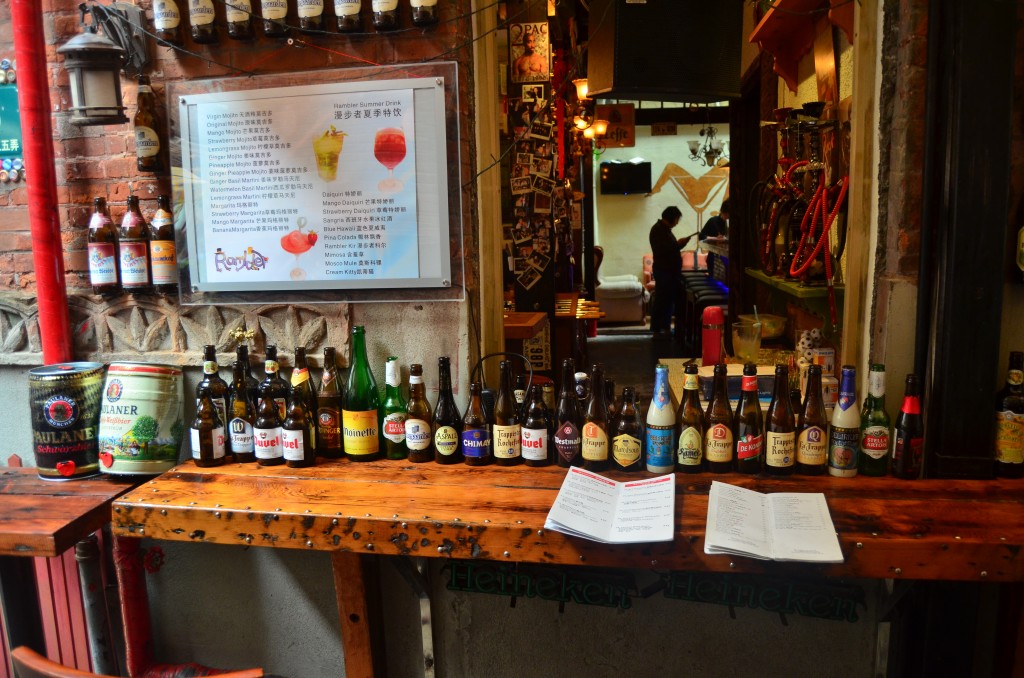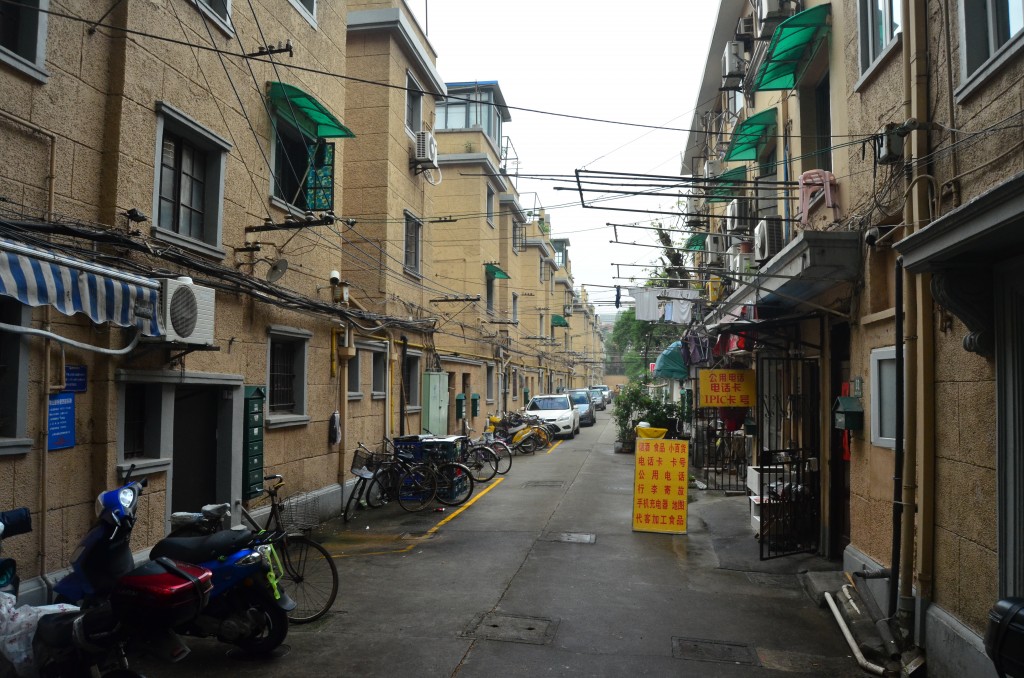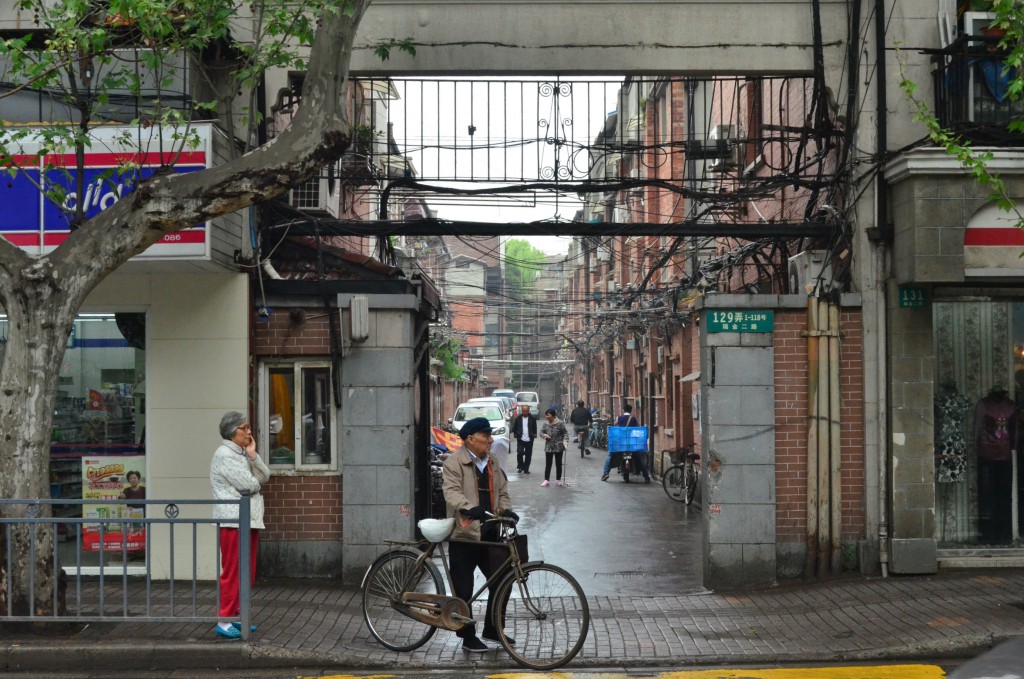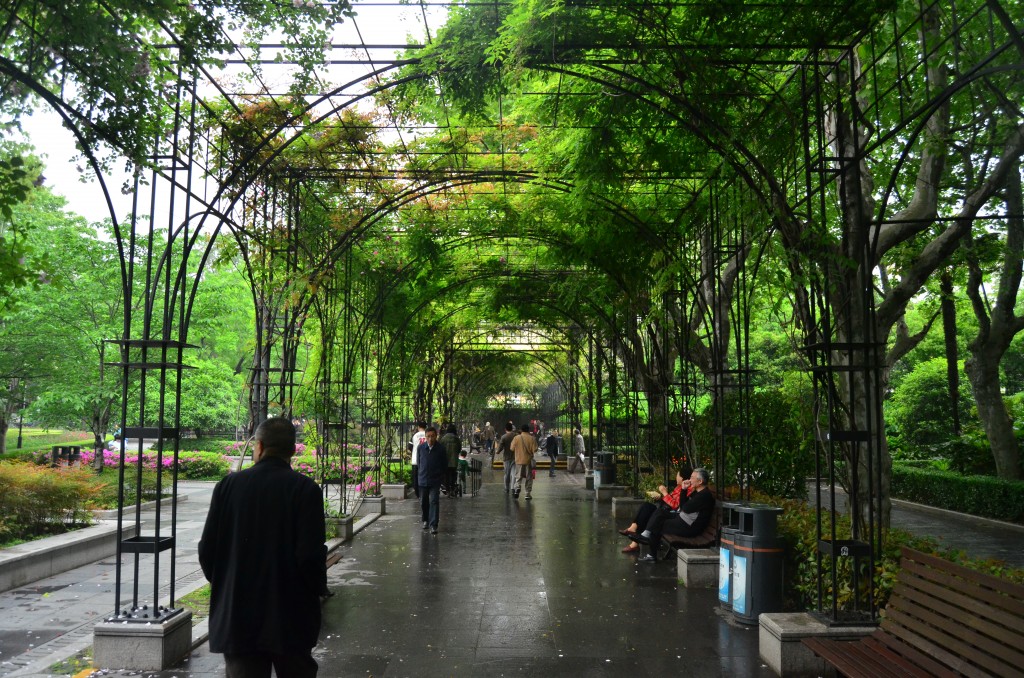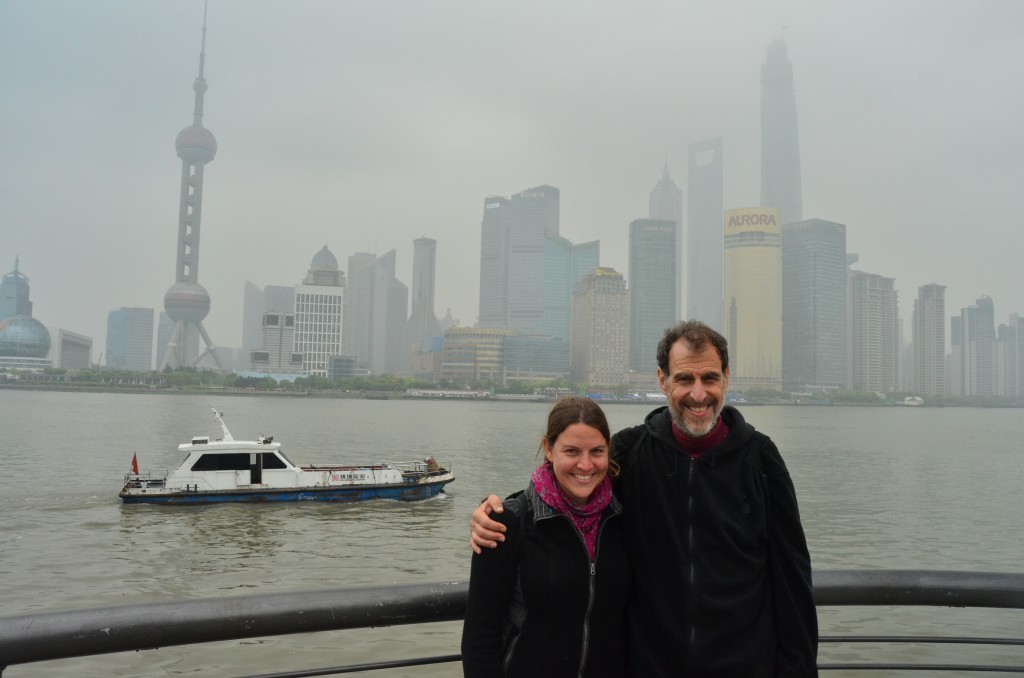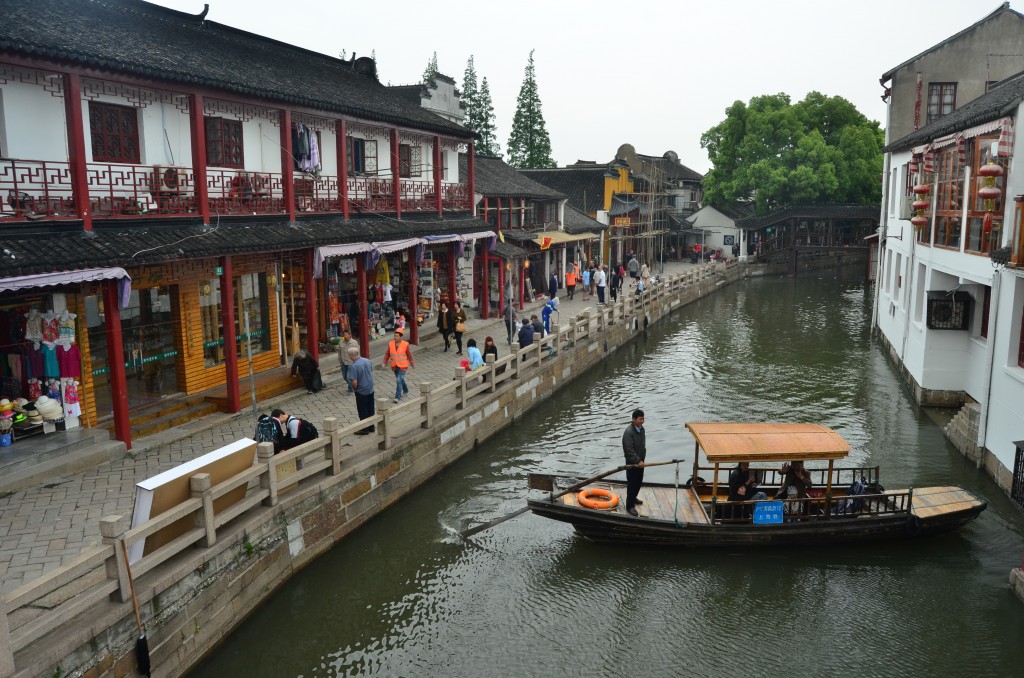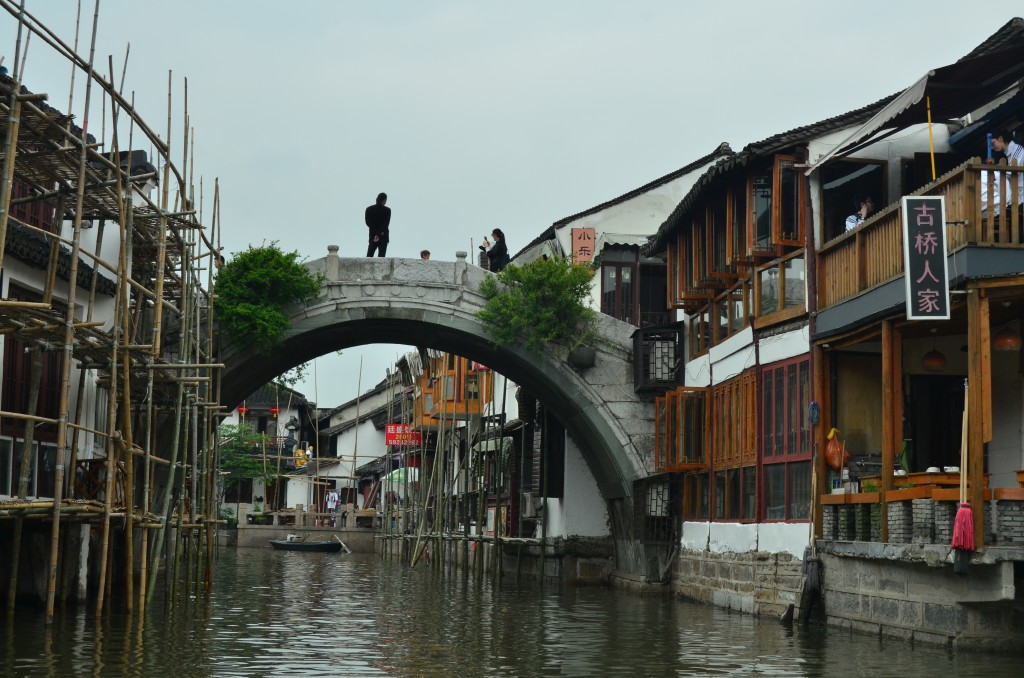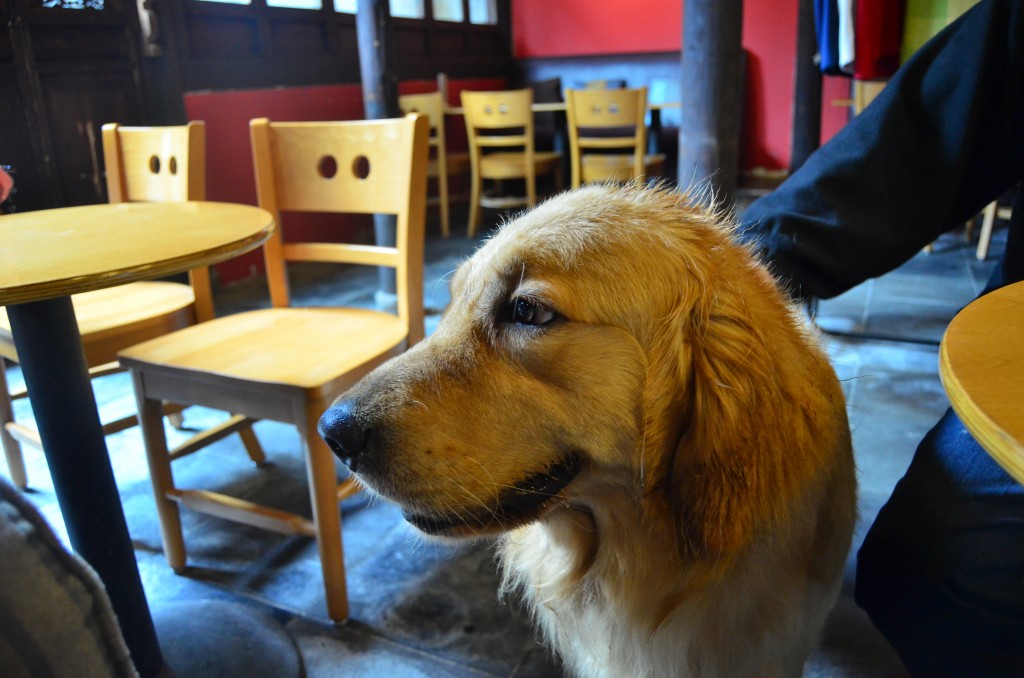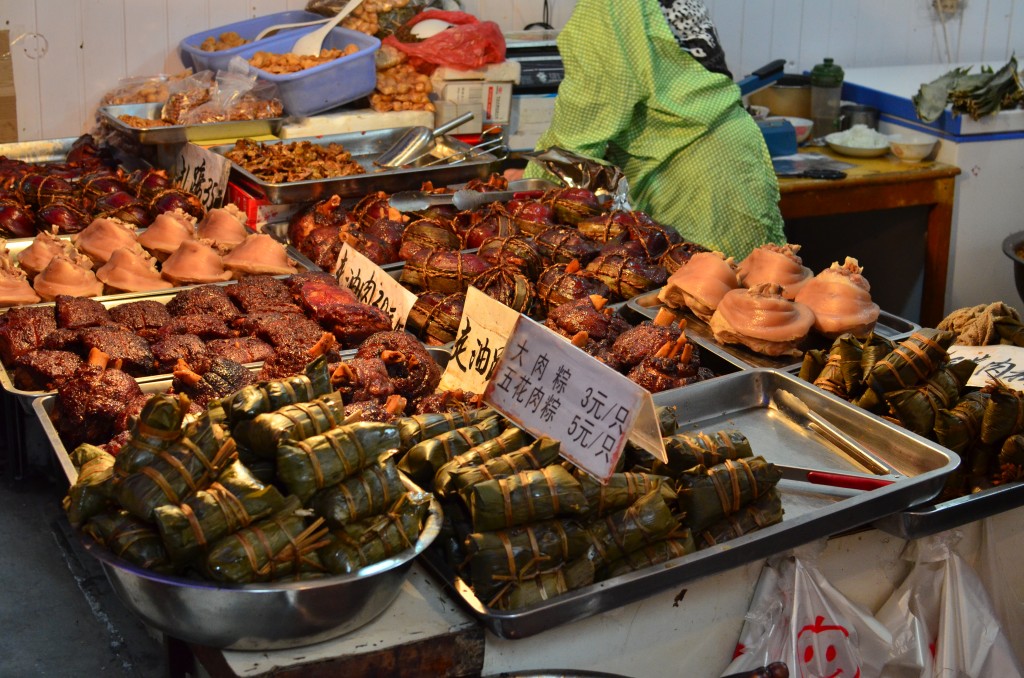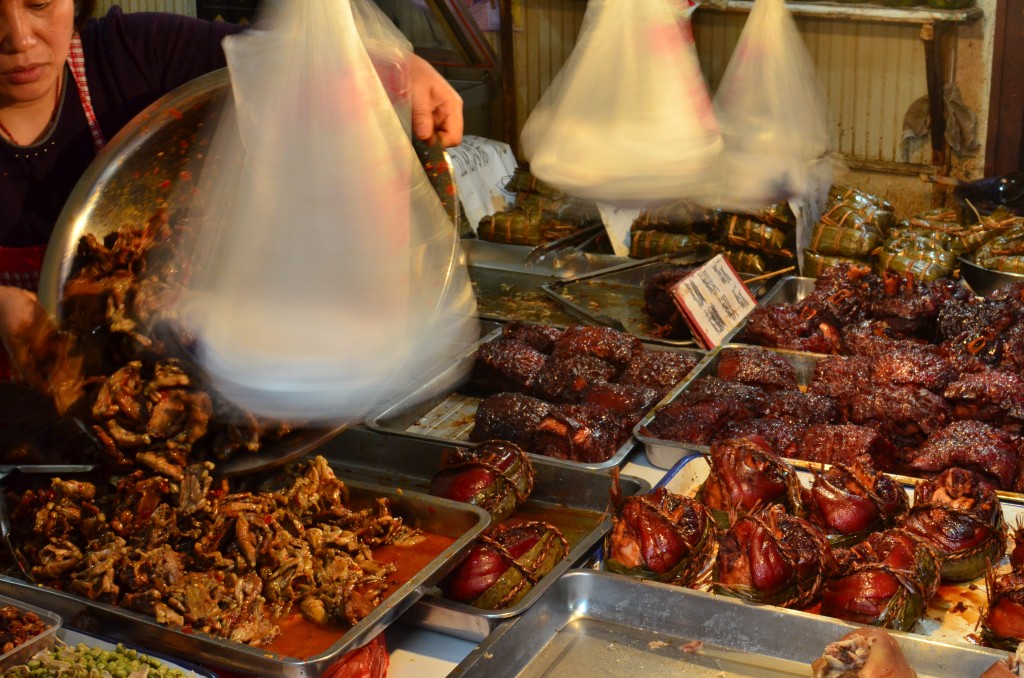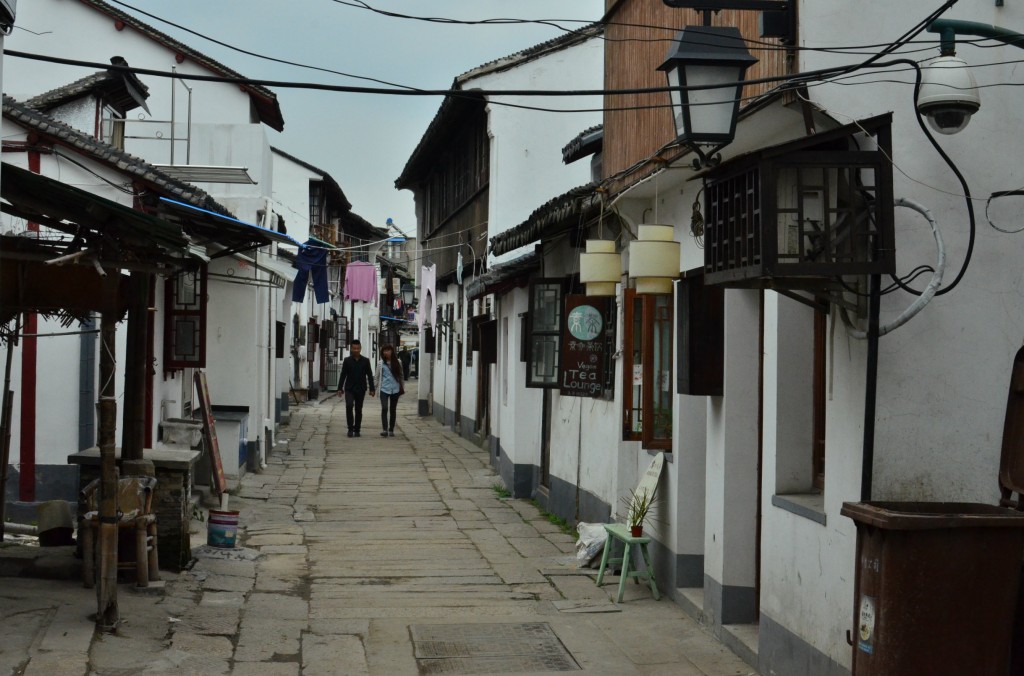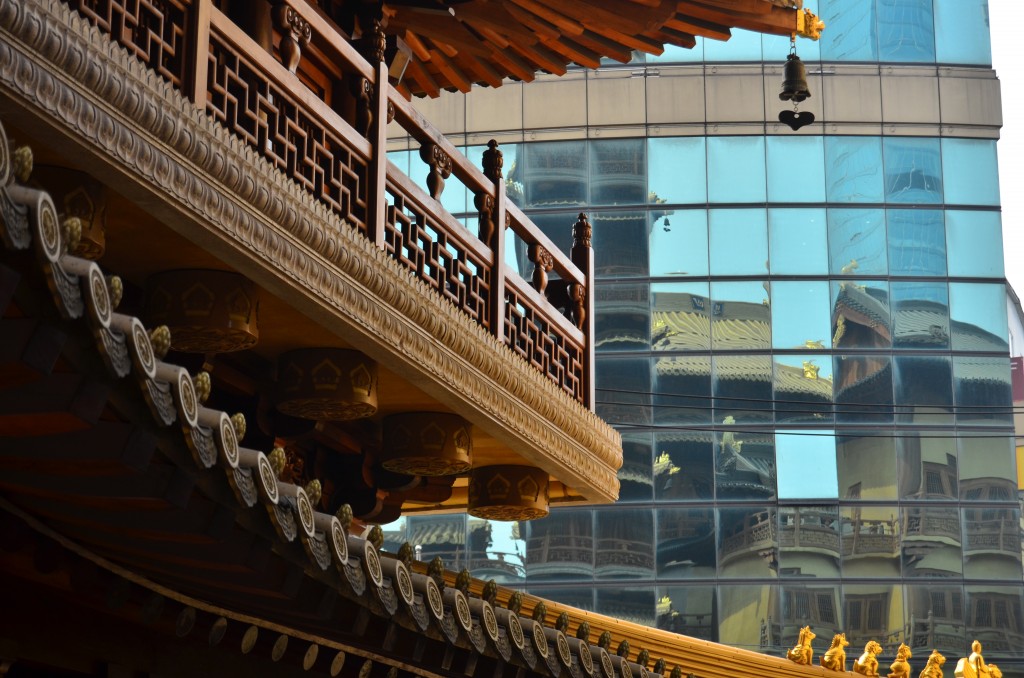Shanghai is probably the most Westernized of the Chinese cities. This is what I’ve read, at least, and given the city’s history as the chosen place of residence for European persons that makes a lot of sense. It was a very nice city to wander around in. It is very different from Beijing in that it feels more like an actual city as opposed to a series of architectural tributes to the Communist Party and its various excesses. Where Beijing is tall Shanghai is short, and where Beijing has massive concrete plazas, Shanghai has trees and gardens. The two cities, I’m realizing as I write this, could not feel more different.
Why Shanghai escaped the revolutionary bulldozer, I don’t know. That isn’t to say that it hasn’t experienced the effects of the Chinese-style development. Shanghai is just on a different spectrum of it than Beijing. Almost everywhere you go in the central city, there are massive monuments to consumption. I think I saw at least three each of Gucci, Prada, Cartier, and Hermes storefronts. It’s almost comical how not-Communist it is. We were definitely burning out by this point in the trip, plus we had the added distraction of hanging out with Roger and his friends (who were lovely hosts), so the prose and pictures might seem a little less inspired this time around.
We (me, Marisa, and Roger) spent a couple days walking around the city. There is a small area called Tianzifang in the French Concession with narrow pathways and lots of small shops and cafes/restaurants. It was interesting to see but felt very touristy (and crowded).
Even if you’re in a more touristy area, Shanghai is a great place to just walk around in. The layered influences of European and Chinese culture make for some very interesting environments. We ended up at an all-vegetarian restaurant twice while we were there and once again enjoyed the variety (and lack of greasiness) of Chinese-food-in-China.
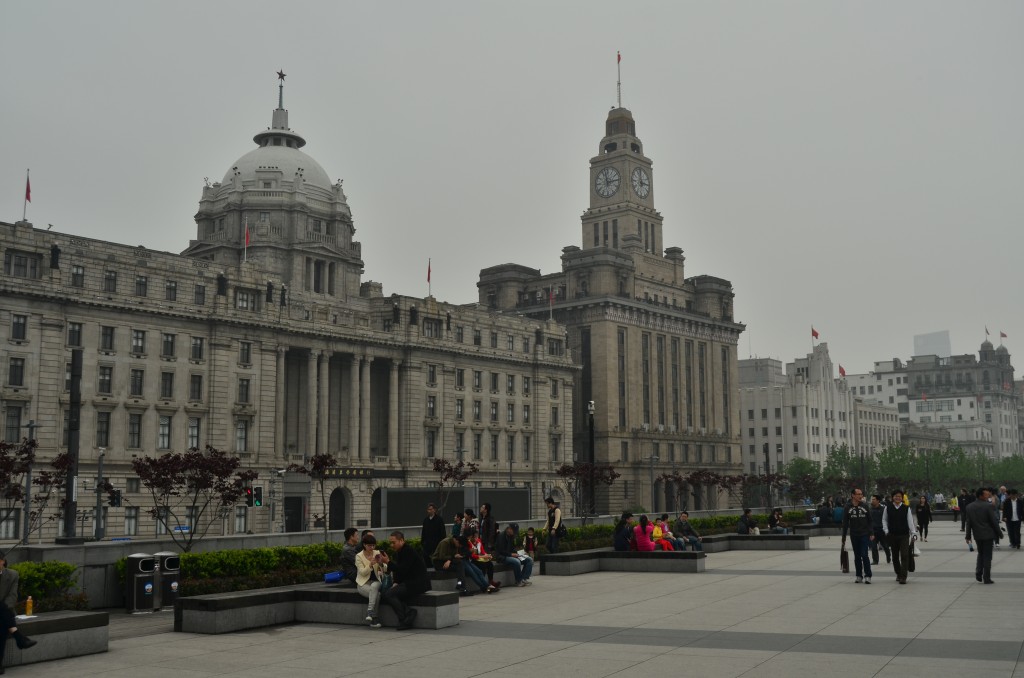
One aspect of Shanghai that reflects the imperatives driving China’s development is the area behind Marisa and Roger in the above picture, known as Pudong. Pudong has been the subject (some would say victim) of some particularly ostentatious development over the last couple decades. It used to be farmland, then a small town, but then in 1993 it became a ‘New Area’ as part of a larger Special Economic Zone. Since then it has undergone some serious development. The Atlantic has some nice animated before/after pictures you check out here.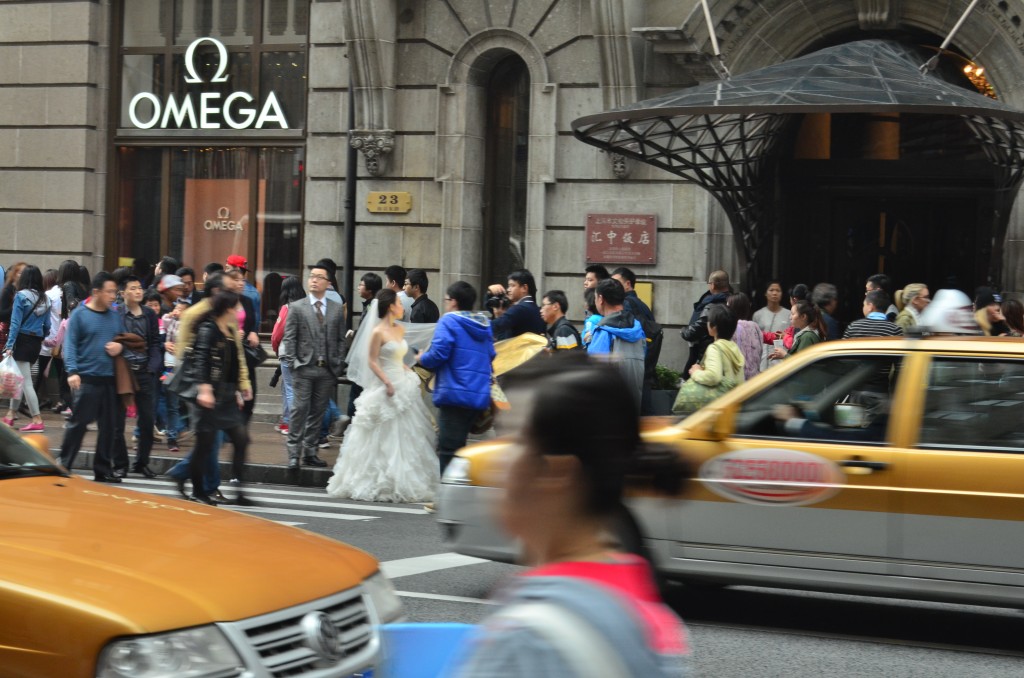
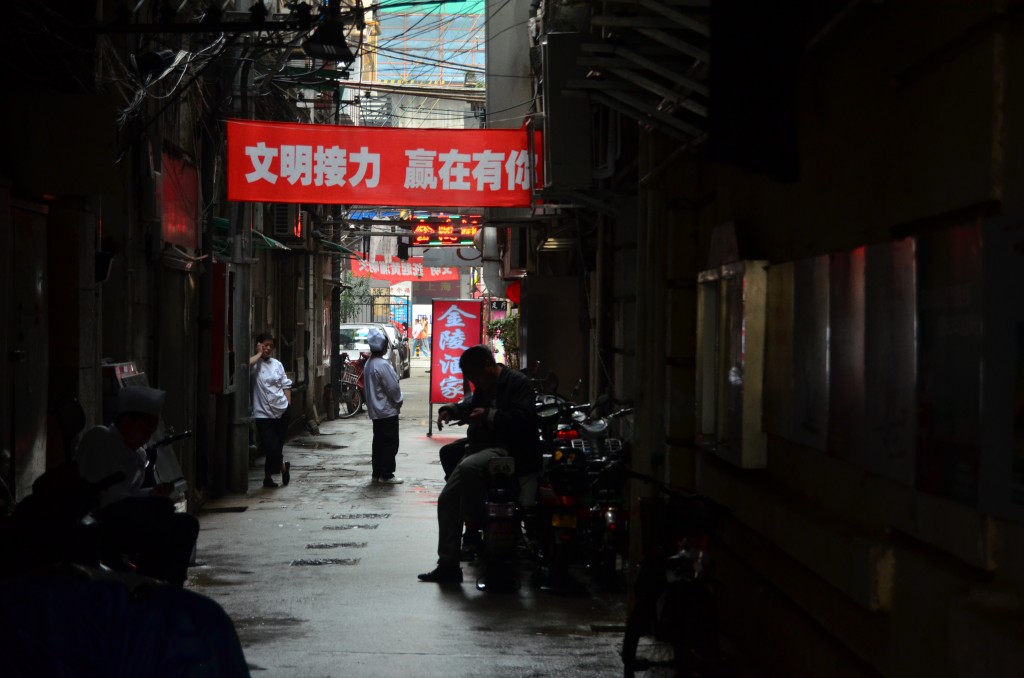
The three of us took a short bus ride out to a ‘traditional’ town called Zhujiajiao that has been preserved for the benefit of tourists, both domestic and foreign. It was very cute, though. We took a boat ride, stopped in a coffee shop where we met a dog named Monster, and speculated on what type of meat, exactly, they were selling in those stalls (hearts was our guess).
When we got back to Shanghai, Roger and I spent some time walking around a giant Buddhist temple that had recently been renovated. Reflecting on it now, it is hard to resist thinking of it as a very material symbol of China’s headlong rush into the future. The temple sits in the middle of a very modern but very old city and its renovation was likely made possible by the new wealth in China. Is this how future China will preserve its ancient culture, with imposing temples reflected in the fractured glass planes of office buildings? Can a five thousand-year-old culture survive a transition into the world’s largest capitalist enterprise? I guess we’ll find out.
